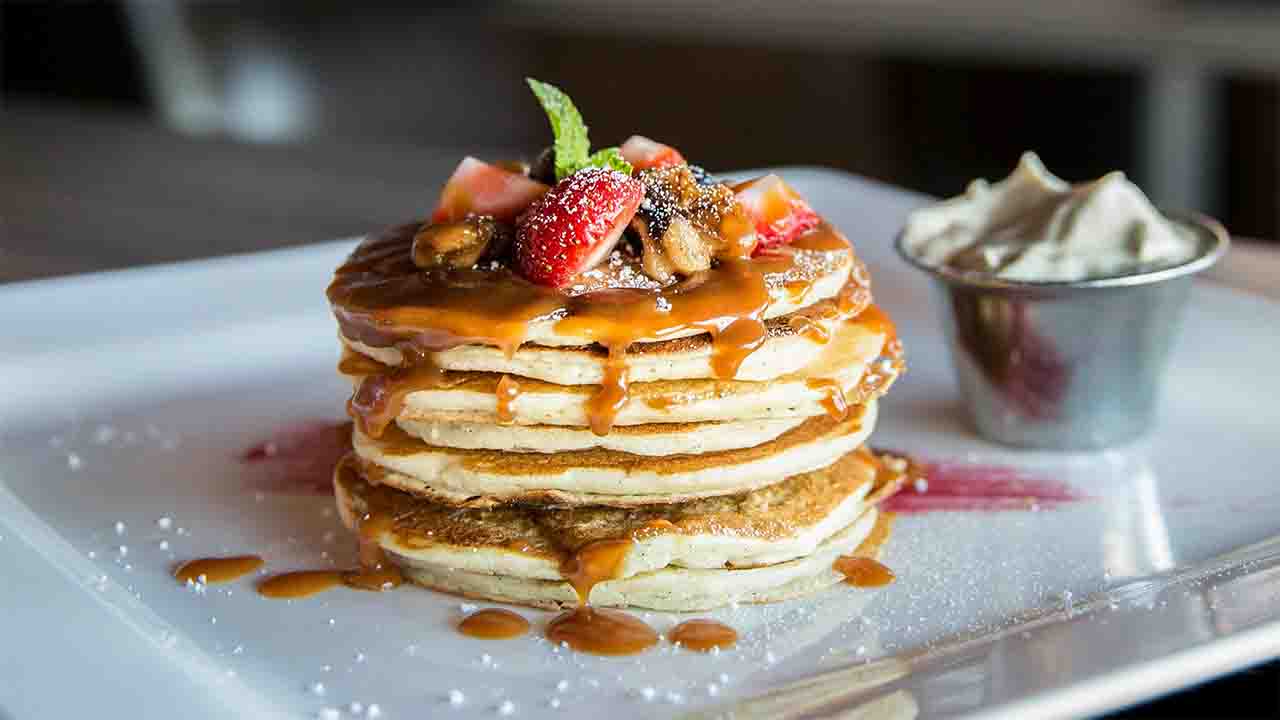Science & Technology, UK (Commonwealth Union) – In the ever-evolving landscape of technology, artificial intelligence (AI) continues to push boundaries, revolutionizing various sectors including healthcare, finance, and entertainment. However, one intriguing area where AI is making significant strides is in the culinary realm, particularly in the creation of lifelike food images. With advancements in deep learning algorithms and neural networks, AI-generated food images are becoming increasingly realistic, challenging the boundaries of what we perceive as real and virtual.
Traditionally, food photography has been a meticulous craft, requiring skilled photographers, chefs, and food stylists to meticulously arrange and capture visually enticing images. However, this process is not only time-consuming but also expensive. Enter AI, which is changing the game by automating the process of food image generation. Using sophisticated algorithms trained on vast datasets of real food images, AI systems can now generate highly realistic food photos from scratch. These AI-generated images often mimic the aesthetics of professionally captured photographs, complete with mouthwatering details and vibrant colors.
A captivating revelation has been unveiled by researchers: the majority of consumers exhibit a preference for AI-generated images of food over real food imagery, particularly when they are unaware of their origin. These novel findings have been disseminated in Food Quality and Preference.
The researchers posit that these outcomes indicate the superior allure of AI-generated food visuals, attributed to their adept manipulation of crucial features including symmetry, shape, glossiness, and overall lighting and color. These elements are recognized for their substantial contribution to the attractiveness of food depictions.
The researchers pointed out that even slight twist in positioning can improve the appeal of AI-produced food images. Lead author Giovanbattista Califano of the University of Naples Federico II says “As humans, we tend to feel uneasy with objects pointing towards us, interpreting them as threats, even when it’s just food. When tasked with replicating food photos featuring items pointing at the viewer, such as a bunch of carrots or a piece of cake, the AI often positions the food so that it doesn’t directly point at the viewer. This warrants further studies, but it’s plausible that this approach enhances the perceived attractiveness of the depicted food.”
During the study, 297 participants were tasked with evaluating food images—either real or AI-generated—using a scale ranging from “Not at all appetizing” to “Extremely appetizing.” These images encompassed a variety of foods, spanning from natural produce like apples and carrots to processed and ultra-processed items such as chocolate milkshakes and potato fries. When participants were informed about the creation method of each image—whether through traditional photography or AI—both real and AI-generated versions received comparable ratings in terms of appeal. However, when participants were unaware of the image’s origin, the AI-generated rendition consistently garnered significantly higher ratings for appetizingness compared to the real food image.
The study supervisor and co-author Professor Charles Spence of the Department of Experimental Psychology, at the University of Oxford says “While AI-generated visuals may offer cost-saving opportunities for marketers and the industry by reducing the cost of commissioning food photoshoots, these findings highlight potential risks associated with exacerbating “visual hunger” amongst consumers—the phenomenon where viewing images of food triggers appetite and cravings. This could potentially influence unhealthy eating behaviours or foster unrealistic expectations about food among consumers.”
Moreover, the researchers also discovered that AI-generated images tend to portray foods as more energy-dense than their originals, particularly in the perceived abundance. The researchers of the study gave an example, where the AI might augment the number of fries in an image or embellish a dessert with additional whipped cream. They also pointed out that given humanity’s innate inclination to focus on energy-rich foods due to evolutionary reasons, this can raise concerns that widespread exposure to such idealized food imagery could stimulate consumption of unhealthy foods prompted by environmental cues.
Additionally, amid the global shift towards more sustainable consumption habits, which includes advocating for the acceptance of ‘ugly’ fruits and vegetables, there is apprehension that the continuous production of AI-enhanced food visuals could steer consumers towards an unrealistic standard of natural food aesthetics, potentially undermining sustainability initiatives.
The study titled “Assessing the visual appeal of real/AI-generated food images,” authored by Giovanbattista Califano as well as Charles Spence, has appeared in the journal Food Quality and Preference.








